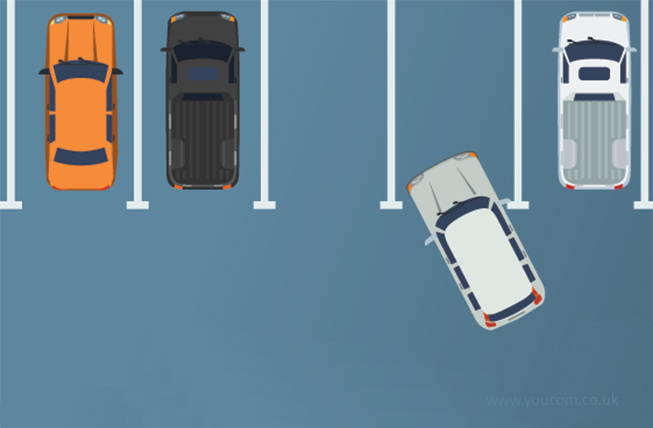
Many aspects of retail marketing vie for position of prominence. But brand location has to be the most important decision-making factor.
Marks & Spencer’s once had a property portfolio of £1.2bn where 96 percent were freehold assets. Inevitably when a new CEO takes over and seeks a quick fix to problems of poor sales, they consider selling assets, so it was no surprise when in 2016 M&S sold 76 stores to a private equity firm for half a billion pounds.
However, a clear example where such brands are not just focused on retail marketing but also property marketing.
Each brand location is therefore a long-term financial commitment that will either become a balance sheet asset or liability.
Store location is however, an important part of the marketing mix. New store openings often assigned to the brand’s marketing agency to build PR around and ultimately increase footfall to a self-sustainable level to recover investment. But everything begins with brand location assessment.
Each brand has its own factors on a check list developed over time spent understanding their business. Trade area mapping is performed to assess demand. A good agency will employ mathematical modelling techniques, multiple regression analysis and spatial interaction models.
Basic checklist factoring can be used in nearly all cases without such assistance however.
Brand location checklist factors often already used by media agencies include: Local population size for customer base; Age profile; household size of local populace; income levels; disposable income; home ownership levels; life-style measures; cultural and ethnic groupings (are they more disposed to your brand or less?); general economic stability; occupation classifications; ‘Pedestrian flow’; Pedestrian entry routes to the location; What is the public transport like? What types of public transport are there?
Other factors include; Car ownership levels in the area and in the increased store radius that car travel facilitates; Will the location allow for your own parking? If you build a carpark on the location, will the reduced square footage of land used for the store recover the investment for the land effectively ‘lost’ to parking cars? ‘Signage’, what is the visibility like for that brand location?
And now the interesting part of retail location marketing – What are the competitors doing in that area? Are there anchor stores? Is there cumulative attraction? What turnover do you estimate gaining and how long before you break-even? What is the saturation index?
Other aspects include cost control; How does the purchase price compare to your plans? What are the leasing terms? Are there any building restrictions? Have the building costs been factored into the break-even analysis? What does your marketing agency plan for building your footfall up from zero to the required annual amount the brand needs to meet investment targets?
As you can see, there are many factors on a brand’s checklist that make expansion less than straight-forward. It’s important that all business partners are aligned and not just specialists in their niche field.
An agency aware of what’s involved with brand location analysis will understand how they fit into the overall picture.
Follow the YouCom Media news posts to see the next developments.
Required reference:
YouCom Media News, Sept 2019, London, ‘Brand Location.’














